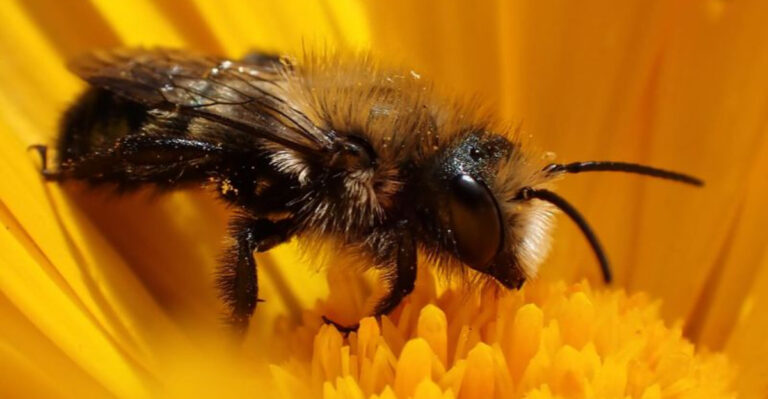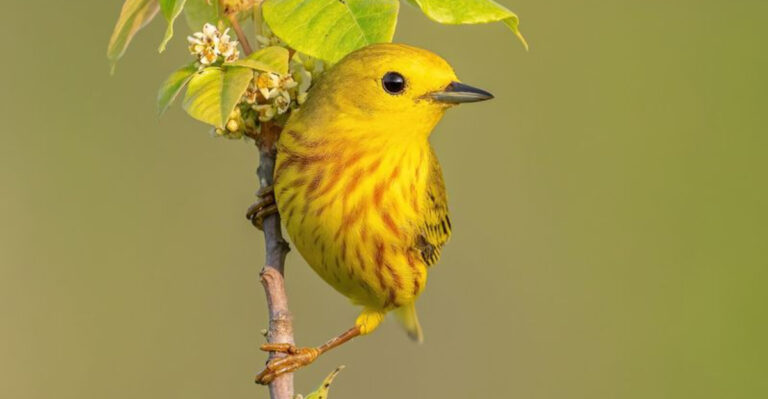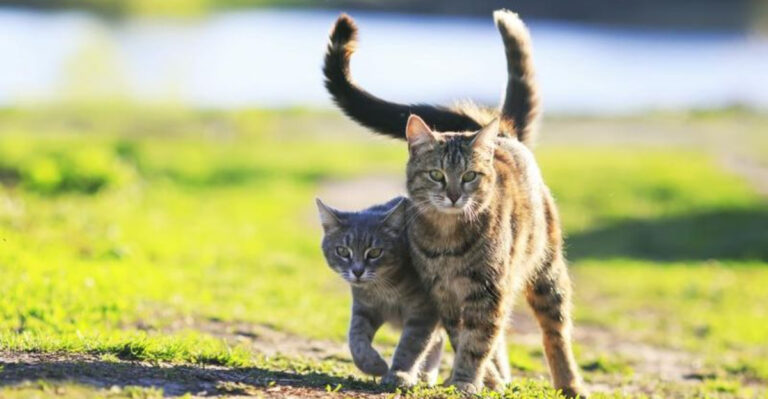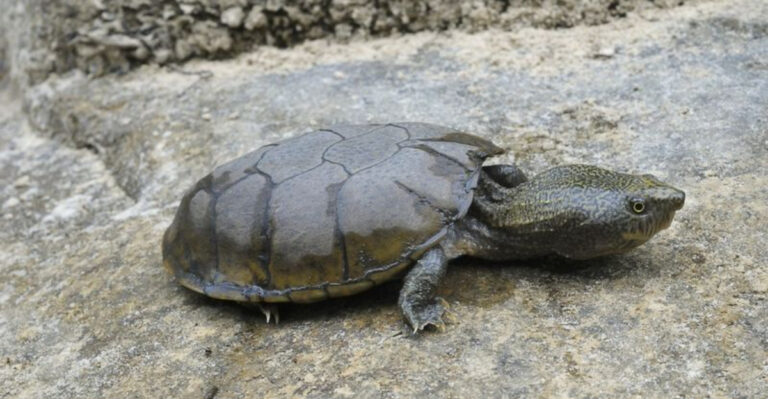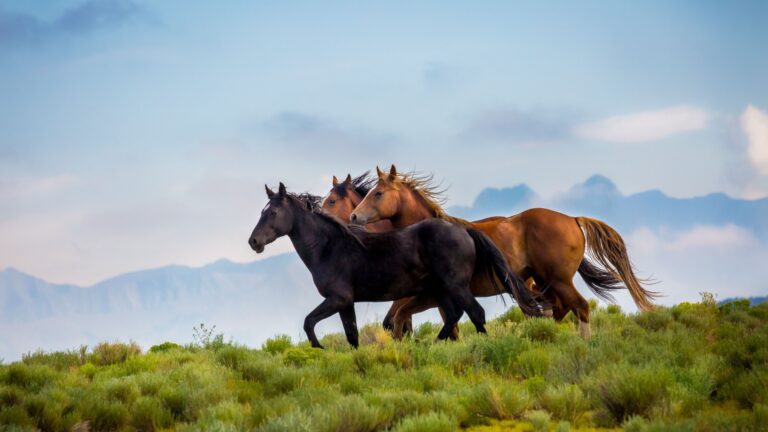13 Animals That Look The Same As They Did Millions Of Years Ago
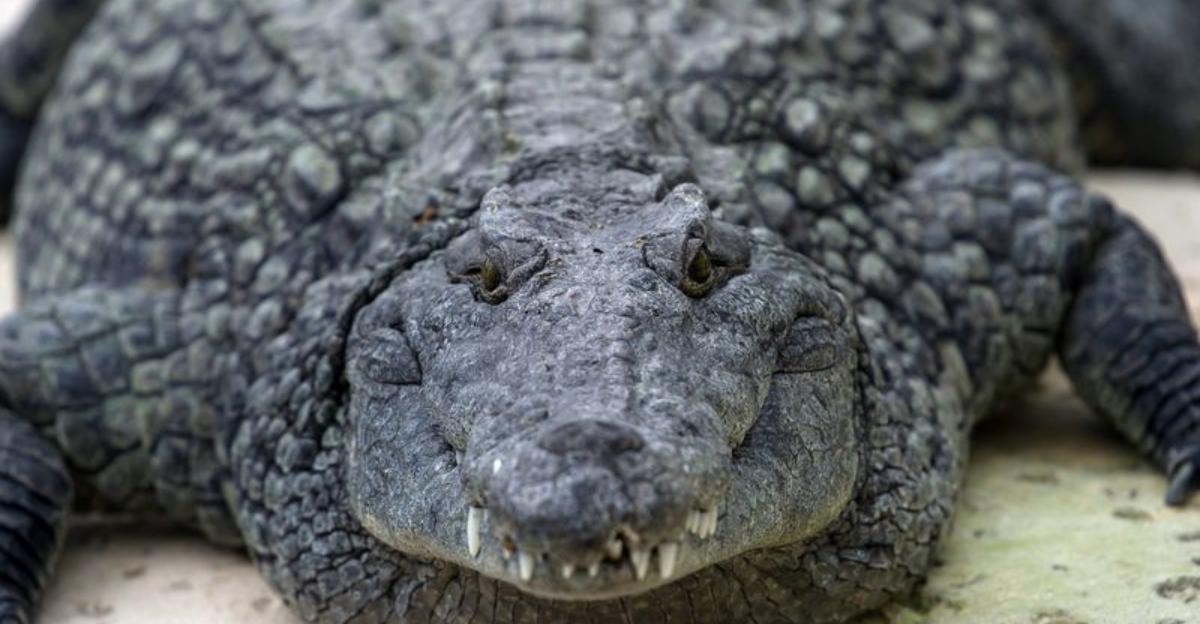
When we think about evolution, we usually imagine animals changing dramatically over time. But some creatures have found their perfect form and stuck with it for millions of years!
These living fossils have barely changed since dinosaurs roamed the Earth. Their time-tested designs have helped them survive while countless other species disappeared forever.
1. Horseshoe Crabs
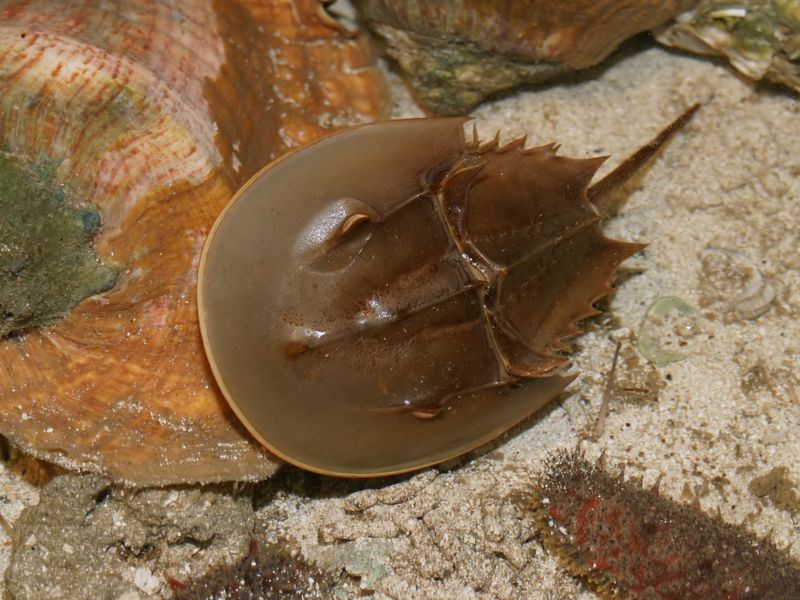
These armored ocean dwellers have patrolled shallow coastal waters for more than 450 million years. Their distinctive helmet-shaped shells and multiple eyes remained virtually unchanged since before dinosaurs existed.
Scientists value horseshoe crabs for their blue blood, which contains special properties used in medical testing. Despite looking prehistoric and intimidating, these gentle creatures pose no threat to humans.
2. Nautilus
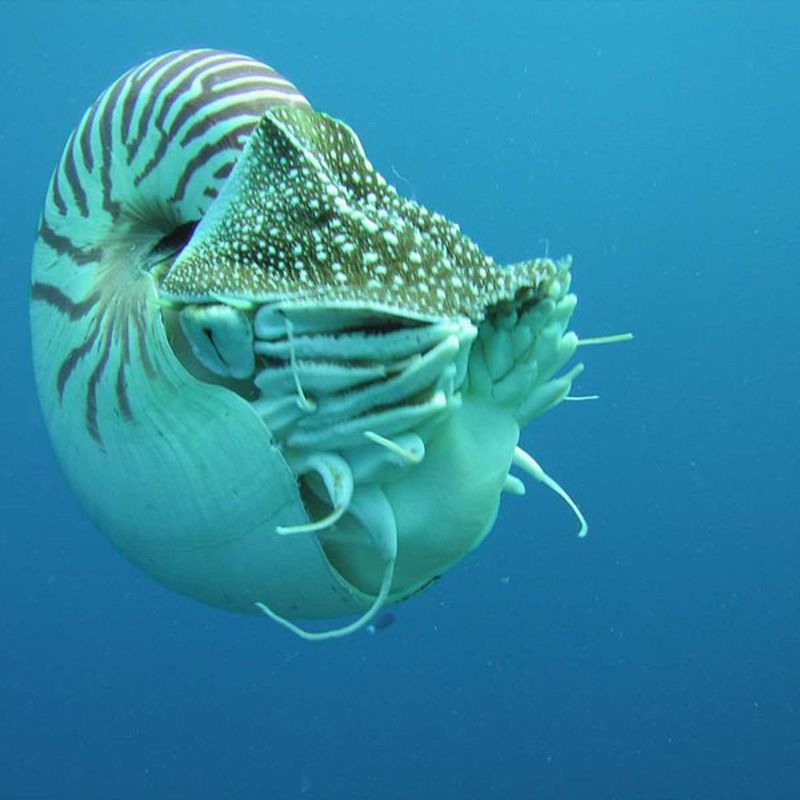
Floating through the deep sea like a living time capsule, the nautilus carries its beautiful spiral shell as housing and protection. Its design worked so well that it hasn’t needed upgrades for 500 million years.
Unlike its extinct cousin the ammonite, the nautilus survived multiple mass extinctions. It uses jet propulsion to move and has nearly 90 tentacles that grab prey in the murky depths.
3. Coelacanth
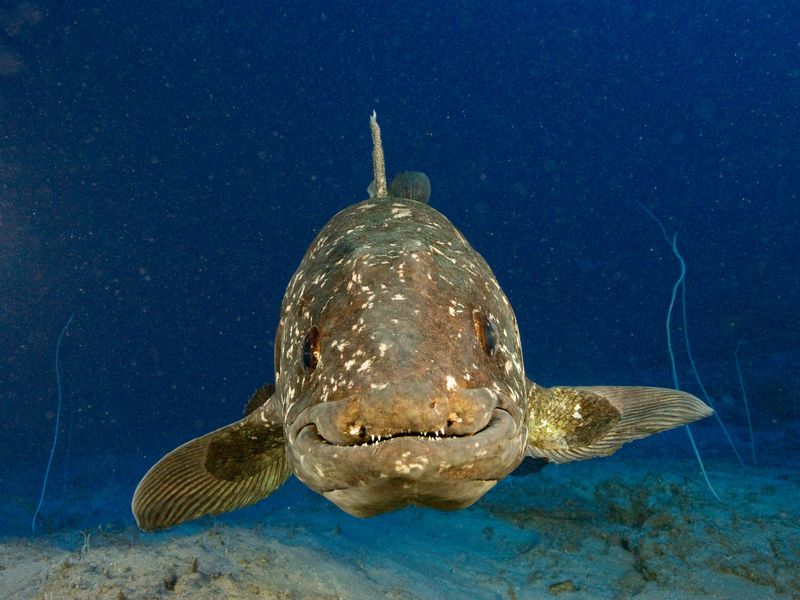
Once thought extinct for 65 million years, the coelacanth shocked scientists when discovered alive in 1938 off South Africa’s coast. This lobe-finned fish reaches six feet long and weighs up to 200 pounds.
Coelacanths possess unique fins that move like limbs, giving clues about how fish evolved into land animals. Their prehistoric appearance earned them the nickname “dinosaur fish” among marine biologists.
4. Tuatara
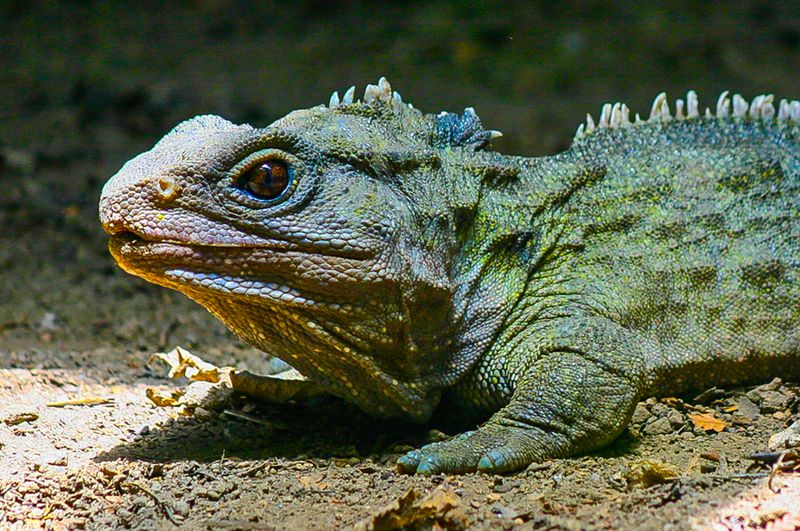
Native only to New Zealand, tuataras look like ordinary lizards but belong to an ancient lineage that flourished 200 million years ago. Their most unusual feature? A third eye on top of their head, covered by scales in adults.
These reptiles grow extremely slowly and can live beyond 100 years. Their body temperature can drop to 41°F without harm, making them one of the coldest-tolerant reptiles on Earth.
5. Crocodiles
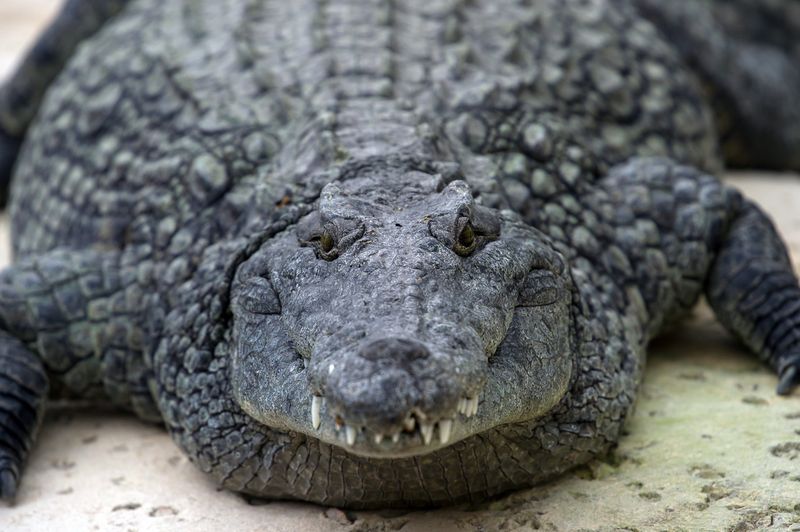
Ruling riverbanks and swamps worldwide, crocodiles have maintained their winning design for over 200 million years. Their powerful jaws, armored skin, and ambush hunting tactics haven’t needed improvement since the Triassic period.
Modern crocodiles survived the extinction event that wiped out dinosaurs. Some prehistoric species grew to enormous sizes, with Sarcosuchus reaching lengths of 40 feet and weighing as much as 10 tons.
6. Horseshoe Shrimp
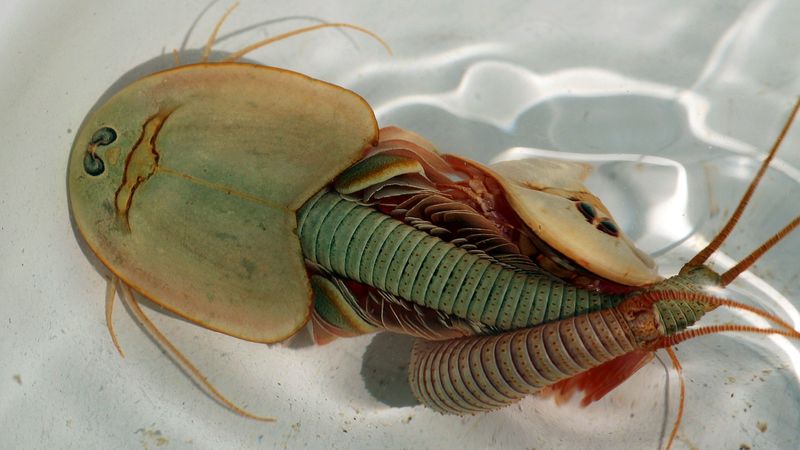
Triops, commonly called horseshoe shrimp, represent one of Earth’s oldest surviving species. Their fossil records date back 350 million years, earning them a Guinness World Record for longest-surviving animal genus.
These peculiar crustaceans hatch from eggs that can remain dormant for decades until rainfall creates temporary pools. Their three-eyed appearance (Triops means “three eyes”) and shield-like shell make them look like miniature horseshoe crabs.
7. Sturgeon
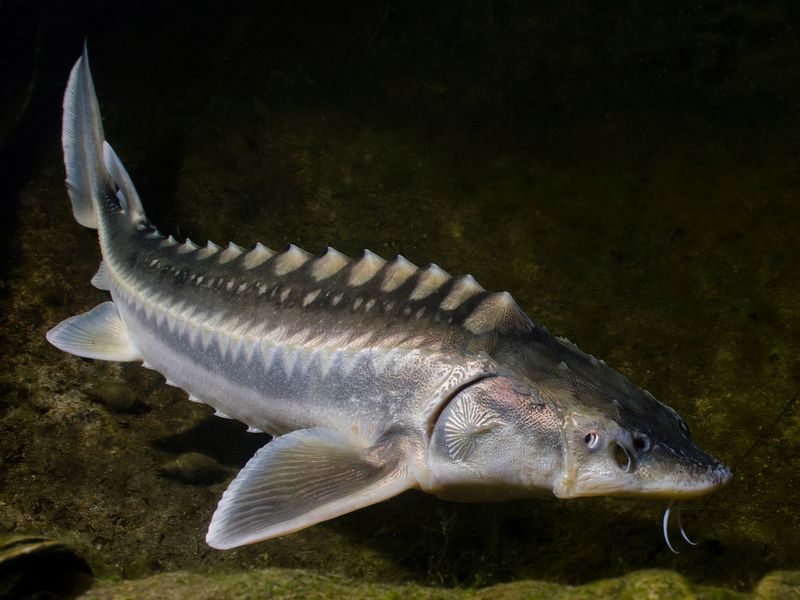
Swimming through rivers and lakes with their armor-plated bodies, sturgeons have remained essentially unchanged for 200 million years. Instead of scales, they sport rows of bony plates called scutes along their diamond-shaped bodies.
These gentle giants can grow enormous, with beluga sturgeon reaching 20 feet long. Their prehistoric appearance includes a vacuum-like mouth and whisker-like barbels for finding food in murky waters.
8. Goblin Sharks
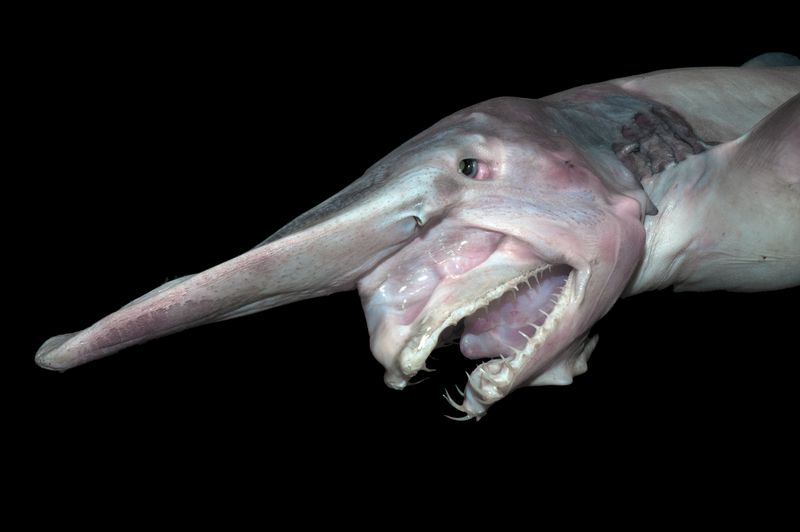
Looking like something from a nightmare, goblin sharks swim the deep ocean with barely any evolutionary changes for 125 million years. Their most striking feature is a sword-like snout and protruding jaws that can shoot forward to catch prey.
Rarely seen alive, these pink-skinned sharks live at depths of 4,000 feet or more. Their soft, flabby bodies and weak swimming abilities suggest they ambush prey rather than chase it through the darkness.
9. Lamprey
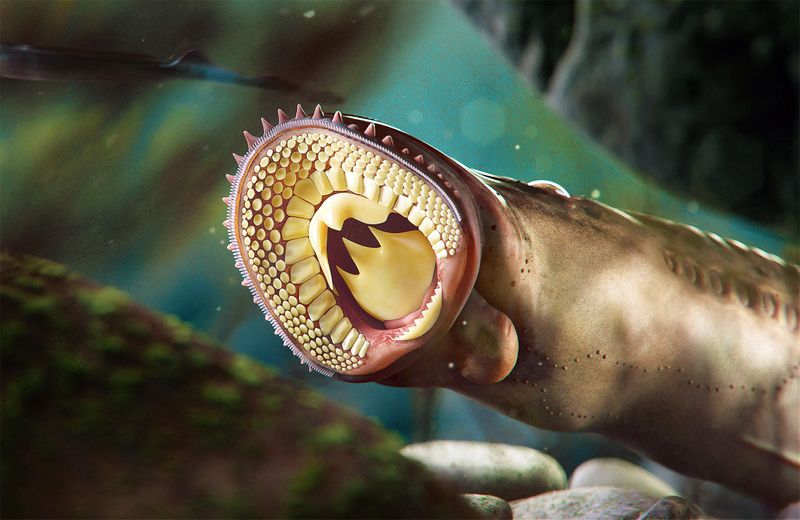
Swimming through rivers and oceans with their eel-like bodies, lampreys represent one of the oldest vertebrate lineages alive today. Their jawless, sucker-like mouths filled with concentric rows of teeth have remained unchanged for 360 million years.
Unlike most fish, lampreys lack scales and paired fins. Many species are parasitic, attaching to host fish with their tooth-lined suction cup mouths. Their primitive circulatory system uses a series of hearts rather than a single one.
10. Platypus
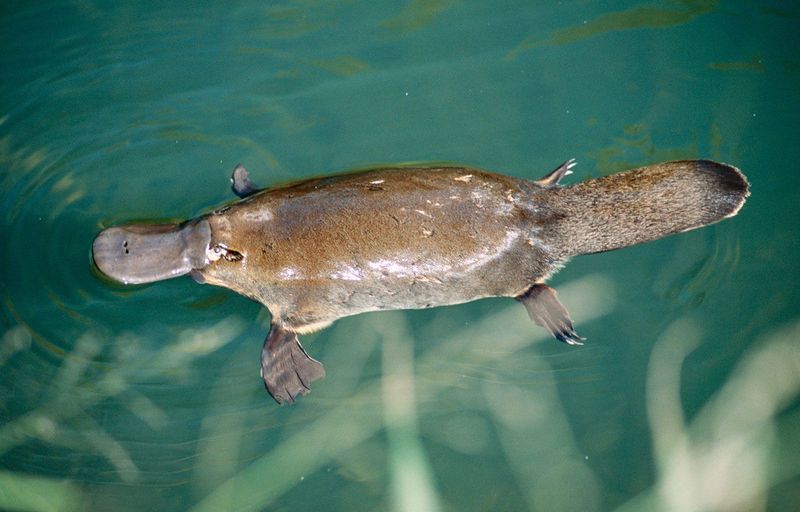
Australia’s strangest resident combines features from mammals, birds, and reptiles into one bewildering package. With its duck bill, beaver tail, and ability to lay eggs, the platypus has puzzled scientists since its discovery.
Fossil evidence shows platypuses have maintained their bizarre appearance for at least 120 million years. Males possess venomous ankle spurs, making them one of few venomous mammals. They hunt underwater using electroreception to detect prey’s electrical signals.
11. Horseshoe Worms
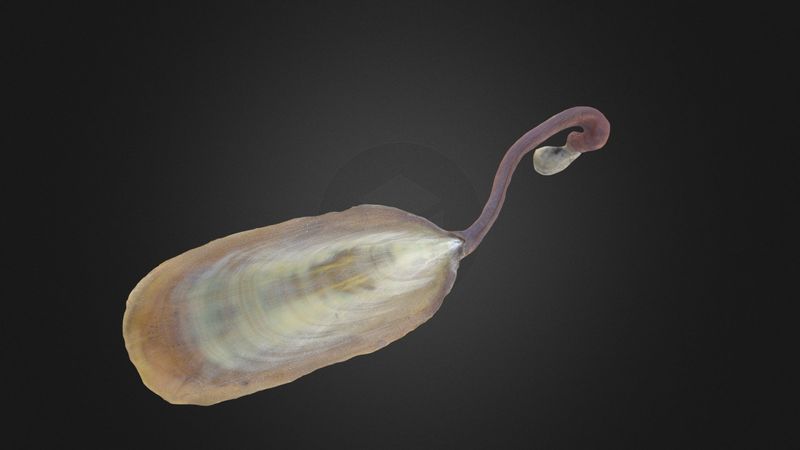
Clinging to underwater surfaces in their tube-like homes, horseshoe worms (brachiopods) have maintained their basic body plan for over 500 million years. Their distinctive horseshoe-shaped feeding structure filters tiny food particles from seawater.
Often mistaken for clams or mussels, these creatures represent a completely different animal group. Fossil records show thousands of brachiopod species once dominated ancient seas, though only about 450 species survive today.
12. Tadpole Shrimp
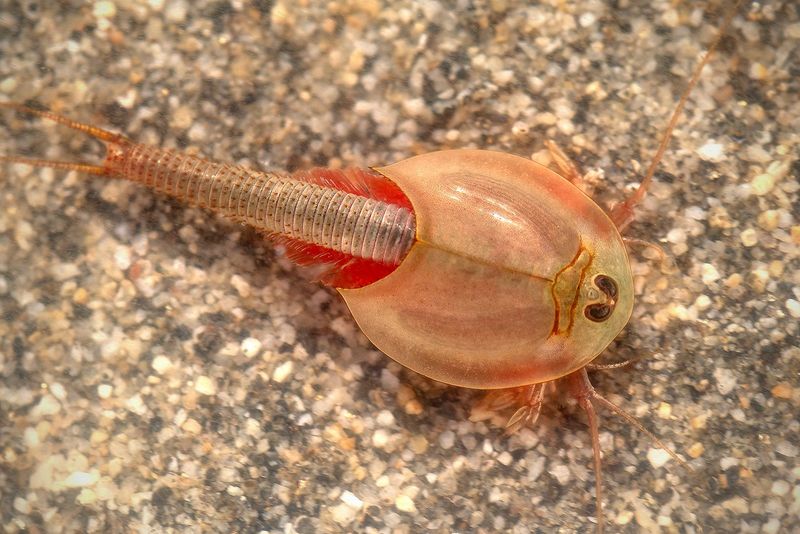
Splashing in temporary pools and rice paddies worldwide, tadpole shrimp look almost identical to their ancestors from 250 million years ago. Their shield-like carapace and multiple pairs of legs create a prehistoric appearance.
These hardy creatures produce drought-resistant eggs that can survive decades in dry soil. When rains finally come, they hatch, grow, and reproduce within weeks before their temporary homes dry up again. Some species can clone themselves without mating.
13. Martialis Huereka Ants
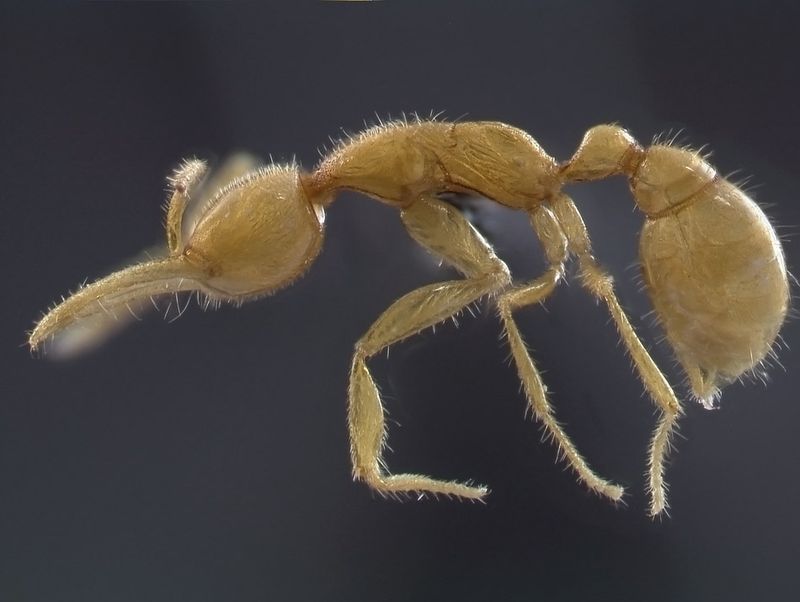
Discovered in 2000, these pale, eyeless ants represent one of Earth’s oldest ant lineages, barely changing in 120 million years. Their name literally means “ant from Mars” because scientists were shocked by their alien appearance.
Living underground in the Amazon rainforest, these rare insects evolved long before most modern ant species. Their elongated jaws and lack of eyes suggest they hunt tiny prey in total darkness. Their discovery was like finding a living dinosaur in the ant world.

